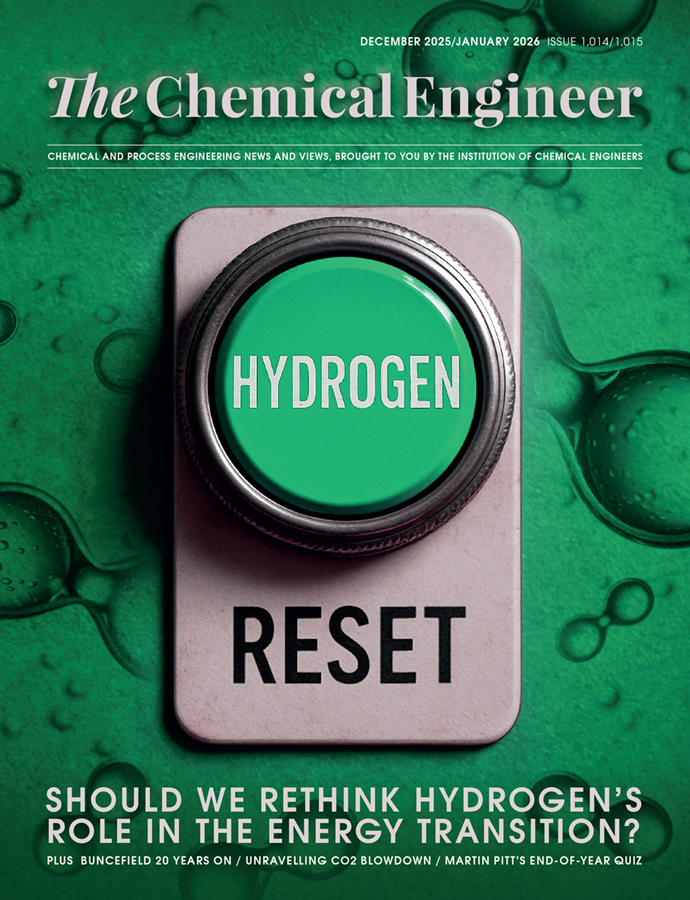Marathon Oil to pay US$242m for Clean Air violations

US PETROLEUM company Marathon Oil has reached a US$241.5m settlement with the Environmental Protection Agency (EPA) for Clean Air Act violations, representing the largest stationary source penalty in the legislation’s history.
The EPA’s complaint alleged that Marathon had violated the Act at nearly 90 facilities at its oil and gas production operations on the Fort Berthold Indian Reservation in North Dakota.
Marathon has been ordered to pay a civil penalty of US$64.5m, and an additional US$177m consent decree for compliance work that will result in the reduction of more than 2.25m t of CO2, the equivalent of taking 487,000 cars off the road for a year.
Benjamin C Mizer, the acting associate attorney general, said: “The record civil penalty and extensive compliance measures, including an innovative cap on VOC emissions, set a benchmark for the Department’s enforcement efforts at oil and gas production facilities.”
He added: “The Justice Department is committed to enforcing laws such as the Clean Air Act to protect the health of everyone in the United States, including Tribal Nations and their members.”
In May, oil and gas firm ConocoPhillips agreed to acquire Marathon in an all-stock deal worth US$17.1bn, adding the latter’s oil production to its portfolio, which includes around 220,000 bbl/d from the Bakken formation in North Dakota.
Marathon’s acreage at Bakken is within the McKenzie, Mountrail and Dunn counties in the state, which is also home to the three Native tribal nations Mandan, Hidatsa, and Arikara.
‘Thousands of tonnes of illegal emissions’
According to the Justice Department, Marathon has produced thousands of tonnes of illegal pollution, including volatile organic compounds (VOCs), carbon monoxide, and the greenhouse gas methane.
VOCs, the most common being benzene, formaldehyde, and toluene, contribute to smog and ground-level ozone, affecting air quality. Exposure to it has been linked to respiratory irritation, damage to the central nervous system, and cancer.
Marathon is the seventh largest emitter of greenhouse gases in the oil and gas industry in the US, with a large volume of emissions being produced through flaring. It has 169 well pads in North Dakota alone, which are used to extract oil and natural gas from wells and refine liquids from gas in tank systems.
The EPA alleges Marathon failed to comply with multiple VOCs control requirements under the EPA’s New Source Performance Standards (NSPS) and the Fort Berthold Indian Reservation’s Federal Implementation Plan, which relates to storage vessels at oil and gas facilities.
The government body also alleges that the company failed to obtain preconstruction permits and to apply for operating permits in a timely manner under the Clean Air Act.
Compliance obligations
With an agreement to invest US$177m, Marathon has been ordered under the proposed consent decree to improve its well pads at its North Dakota site.
Improvement works will include obtaining permits that will require the company to limit VOCs emissions to less than 100 t/y, and install and operate flow meters and temperature monitors to oversee flare operations. It will also need to install automated machinery that can shut off production when a facility exceeds its emission limits.
To mitigate past excess emissions, Marathon must also purchase two infrared cameras to inspect VOCs’ impact at three tribes at the Fort Berthold Indian Reservation.
The company will also replace and retrofit 870 venting pneumatic devices, which emit around 334,000 t/y of methane, with zero emission devices, and replace 49 shop-built flares with more efficient engineered flares.
Marathon is expected to carry out the compliance works across five years, with the EPA estimating the full implementation of the decree could reduce VOCs pollution by 21,812 t/y and methane by 451,449 t/y.
KC Becker, EPA region 8 administrator, said: “This settlement is a major win for the health and future of our Tribal communities, including people and families who are often overburdened by pollution.”
Recent Editions
Catch up on the latest news, views and jobs from The Chemical Engineer. Below are the four latest issues. View a wider selection of the archive from within the Magazine section of this site.




